|
It's February. Love is in the air, and I'm feeling very chill in all meanings of the word. What better way to heat things up a bit than a hot drink and one of the more romantic herbs...rose.
This Rose Hibiscus Latte makes even the gloomiest of days feel just a little bit more special. I highly recommend pairing it with a quilt and a cuddle. Rose Hibiscus Latte Ingredients: 1/3 cup water 1/2 tsp rose water 1 Tbsp fresh ginger (diced) 1 stick cinnamon 1 Tbsp hibiscus petals 1 cup steamed milk (I used oat milk) sweetener of choice cinnamon powder, rose petals (garnish) Method: 1. Bring the first 5 ingredients to a boil in a small pan. Immediately take off the heat, cover, and steep for 5 minutes. 2. Strain into your mug. Compost the herbs. 3. Add the steamed milk to the herbal infusion. I frothed the milk first, but this is optional. 4. Sweeten as desired. I recommend maple syrup as it pairs well with the rose. 5. Garnish with edible rose petals and a sprinkle of cinnamon powder. Enjoy!
1 Comment
It's always an emergency when I run out of Heart Sprinkles. Ever since I discovered this recipe in Rosemary Gladstar's book, Medicinal Herbs, A Beginner's Guide, I've kept a constant supply in my spice drawer. She calls it Sprinkles for the Heart, but I kind of like the idea of Heart Sprinkles. You really must try it. It's good for your heart, and so tasty! Hawthorn (Craetagus laevigata) is a tree that grows quite freely here in New Brunswick. Its blossoms remind me of apple tree blossoms, and the berries do indeed look like tiny little apples. The hawthorn is one of the most respected cardiovascular tonics around. The berries, leaves, and blossoms are used (preferably in conjunction) to make tinctures and teas. They are rich in bioflavonoids, antioxidants, and procyanidins, all of which nourish and tone the heart. The result is that the heart muscle is strengthened, blood pressure is regulated, and the heart beat is normalized. Hawthorn is often used as a preventative, but is also used to treat heart problems. It is one that must be used regularly, though, as hawthorn does not stay in the body for very long. It is thought that hawthorn helps the emotional heart, too, not just the physical heart. You'll see it often in grief formulas, especially in combo with milky oats, St John's wort, and lemon balm. Heart Sprinkles are used as a spice, however, and are not necessarily for preventing or treating heart problems. Shouldn't our food and snacks be useful, healthy and delicious, though? A trained herbalist can give more tips on how to use hawthorn for health. For now, enjoy the Heart Sprinkles! Heart Sprinkles - a recipe by Rosemary Gladstar 2 parts hawthorn berry powder 1 part cinnamon powder 1/2 part ginger root powder 1/8 part cardamom powder 1. Measure out your ingredients. Mix them well. 2. Put them into a spice bottle, preferably one with a shaker top. 3. Put that stuff on everything! What's everything? Well, here's a few ideas: *sprinkle on oatmeal *sprinkle on cut fruit (berries, apples, etc) *mixed into plain yogurt *sprinkled on a latte *added to smoothies *as a truffle/cookie garnish 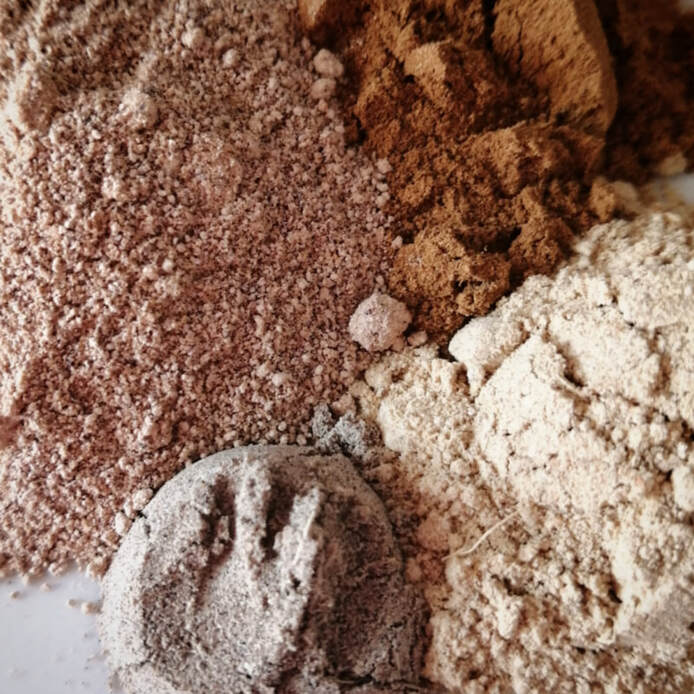 Clockwise from the top: Cinnamon, ginger, cardamom and hawthorn berry Clockwise from the top: Cinnamon, ginger, cardamom and hawthorn berry Of course, don't forget to label your creation. 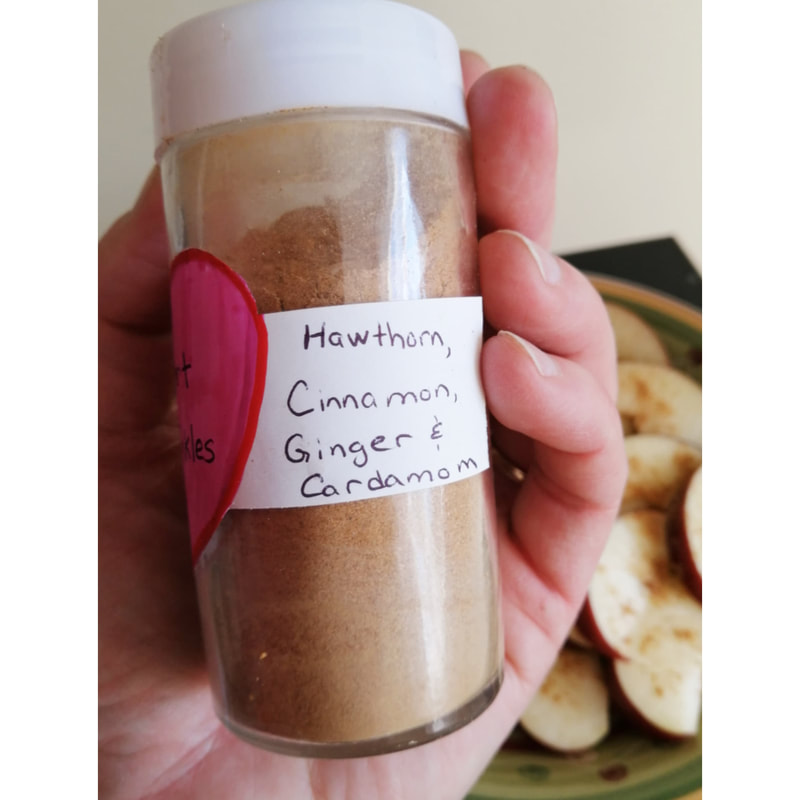 ** This is fun, right?! And that's all it is for now. Information on the traditional uses and properties of herbs in this website are for educational use only, and are not to be mistaken for medical advice. Every attempt has been made for accuracy, but none is guaranteed. Many traditional uses and properties of herbs have not been validated by the FDA or Health Canada. If you have health issues, concerns, or questions, consult your health care practitioner. ** When I think winter herbs, cinnamon immediately comes to mind. An herb that warms the system, I associate it with comfort foods...cinnamon buns, cookies, spice cake, sprinkled in hot chocolate, and oatmeal. Sweet and spicy all at once, it's a delightful addition to savory cooking. Curries and stir fries are amazing with a pinch of cinnamon!
How wonderful, then, that such a delicious herb has a wide array of therapeutic benefits, too! Cinnamon is considered a warming herb, and can be a great help to those who 'run cold' or are dealing with 'cold' afflictions. It is one of the 'anti' herbs. It is antimicrobial, antioxidant, antiseptic, antiviral as well as astringent, carminative, and demulcent. These actions make it perfect for use during cold season. Cinnamon is often included in cough syrups, cold and flu teas, and elderberry syrup. For those living with diabetes type 2, cinnamon can be a useful tool. The herb does this in two ways - by increasing the body's sensitivity to insulin, and by decreasing the amount of sugar released into the bloodstream. Cinnamon does this by interfering with certain digestive enzymes, slowing down the breakdown of carbohydrates in the digestive system. Cinnamon is also celebrated for its beneficial action on the cardiovascular system, its antioxidant content, anti-inflammatory properties, its positive effects against fungal growth, and its protective action against oral disease and cavities. There are two basic types of cinnamon to consider. The main difference between the two is the level of cinnamaldehyde in the herb. Cinnamaldehyde is what gives cinnamon its distinctive taste. Though you may think that more is better, there is such a thing as too much of a good thing. When using cinnamon therapeutically for chronic ailments, it is best to adopt an 'easy does it' attitude. Ceylon cinnamon is known as 'true' cinnamon. It comes from the inner bark of the Cinnamomum verum tree which grow in Sri Lanka and India. It is lower in cinnamaldehyde, and thus is a safer option for long term therapeutic use. Cassia cinnamon is from the Cinnamomum cassia tree which originates in China. It is higher in cinnamaldehyde. It is also higher in coumarin, which in large amounts can be damaging to the liver. It is the stronger tasting of the two cinnamons, and the cheapest. Thus it is the cinnamon most readily available at the grocery store, and is likely used in baking for this reason. In food amounts, cinnamon is quite safe. It should not be used therapeutically by pregnant ladies, however, as it can cause contractions. It is best to consult an herbalist for dosing specifics. Perhaps the best thing about cinnamon - or at least, the tastiest - is its effect on the digestive system. Cinnamon is a traditional digestive remedy, and combines especially well with ginger. Warming herbs kindle the body, building 'fire' and getting things moving. This is good news for those with a sluggish digestive system who need to encourage things along. It is normal for many cultures to partake in a digestive drink before and/or after meals, and cinnamon is often included in these teas. Try one for yourself with the recipe below: Cinnamon Digestive Tea 1 part cinnamon 1 part ginger 1/2 part clove 1 part mint Blend the first three ingredients together. Place 2 tablespoons of this blend into a pot with 2 cups of water. Simmer 10 minutes. Add 1 tablespoon mint, cover, and let steep for 5-10 minutes. Strain, sweeten with honey as desired, and sip slowly. |
Emilie
Clinical herbalist. Mother. Teacher. Ever student. Archives
February 2022
Categories
All
|

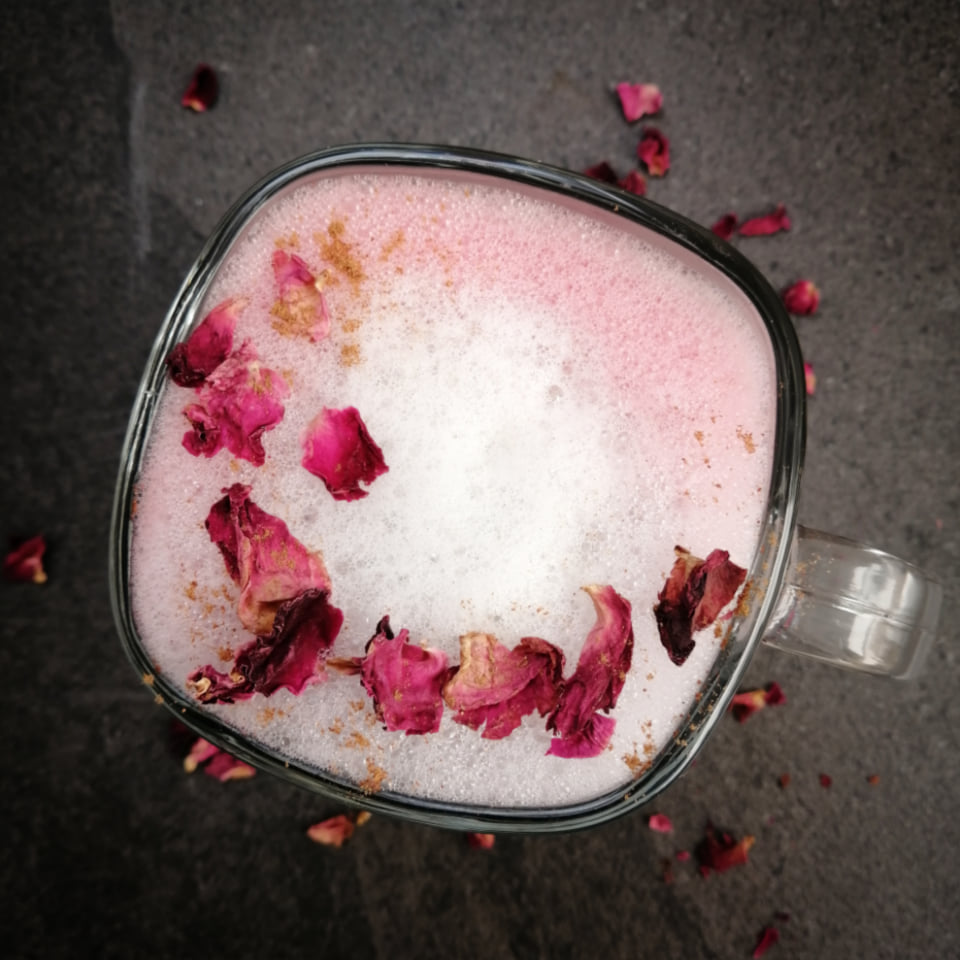
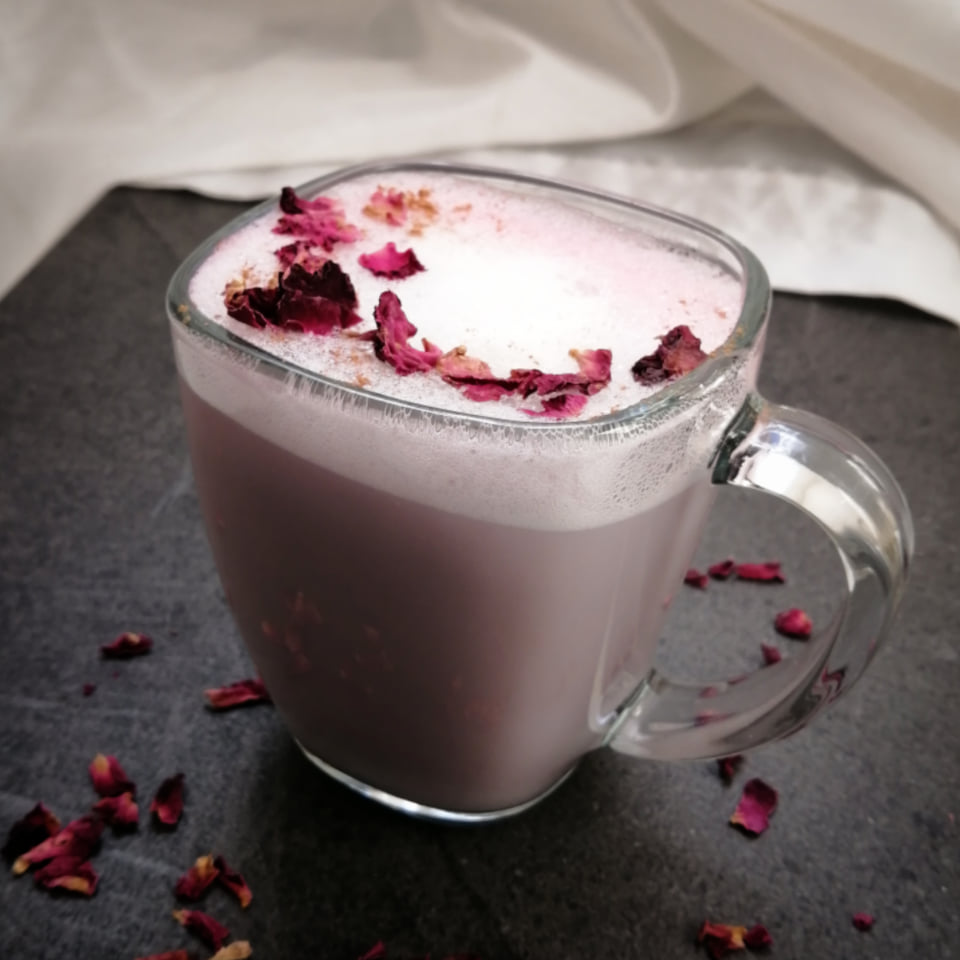
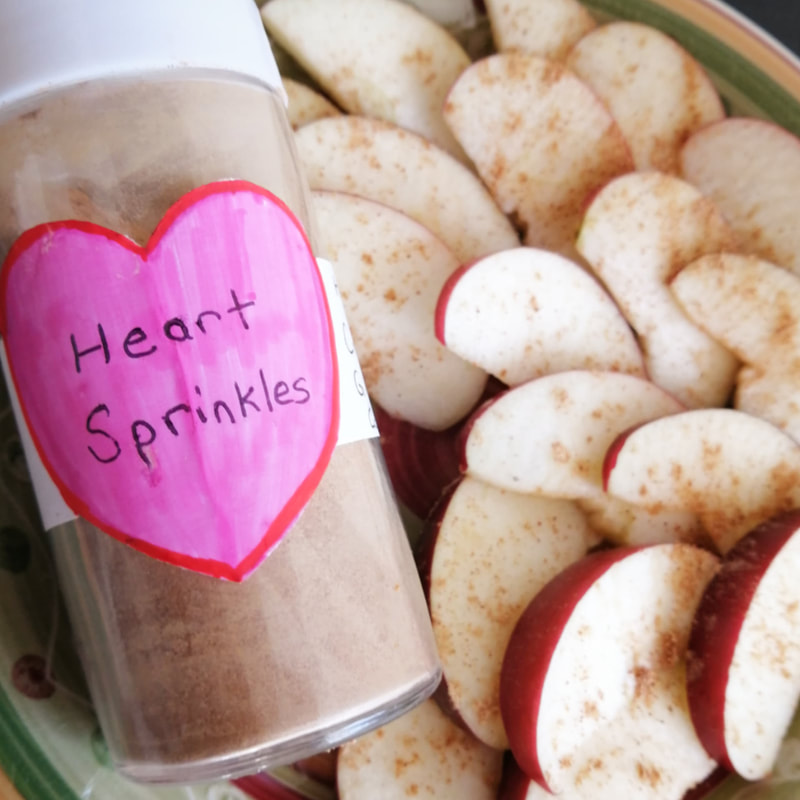
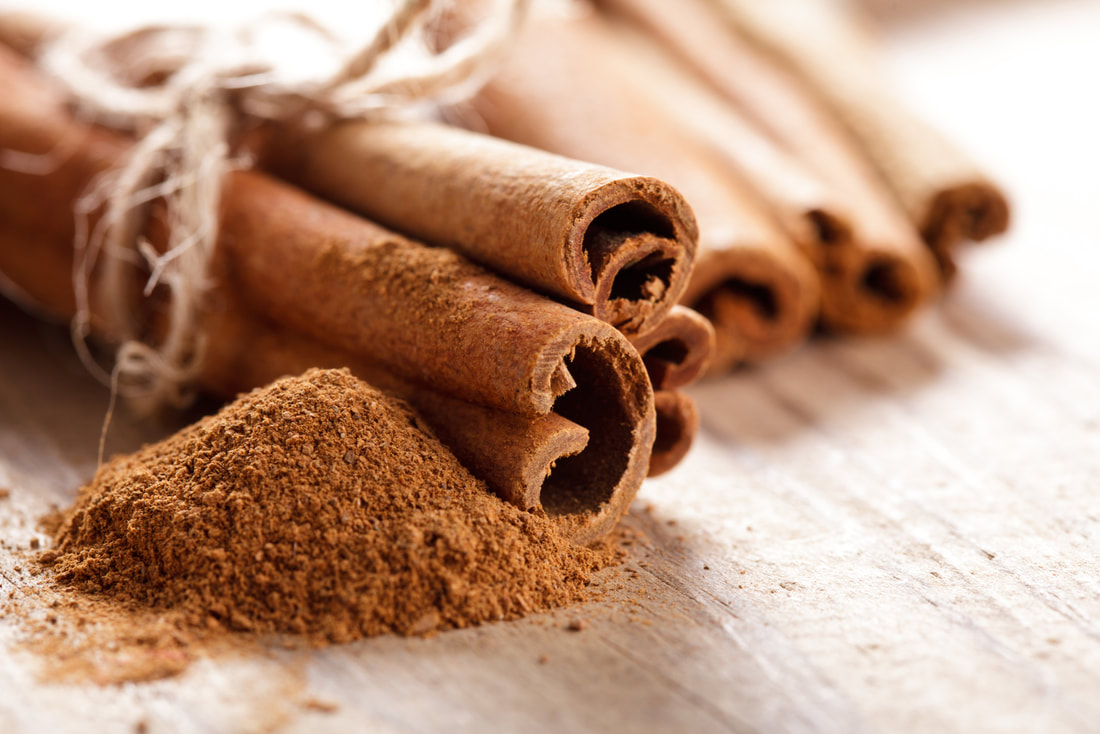
 RSS Feed
RSS Feed